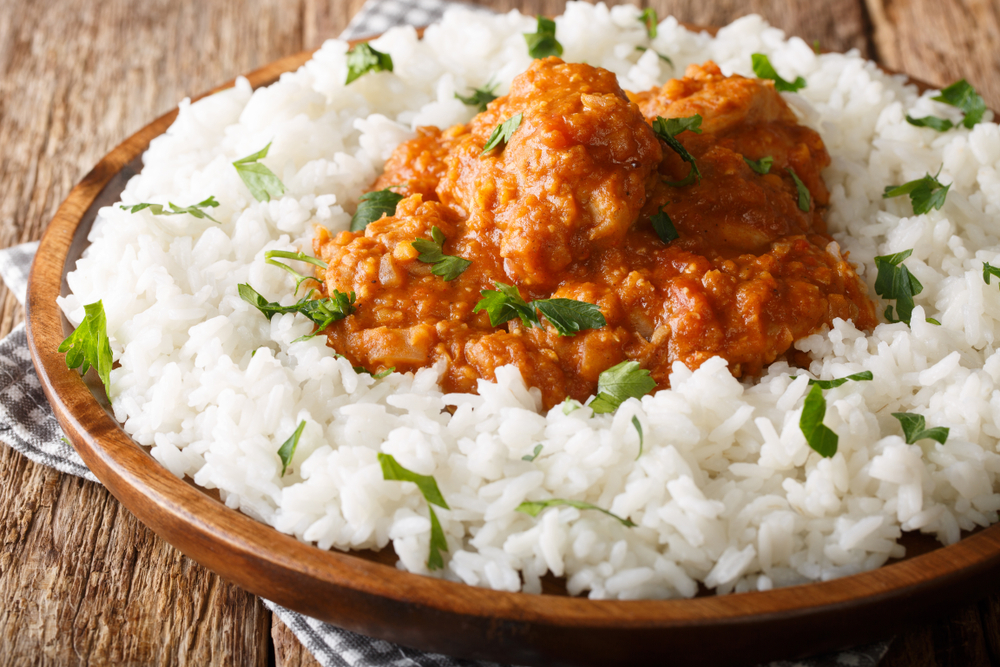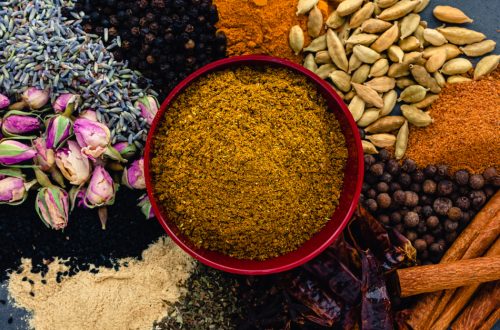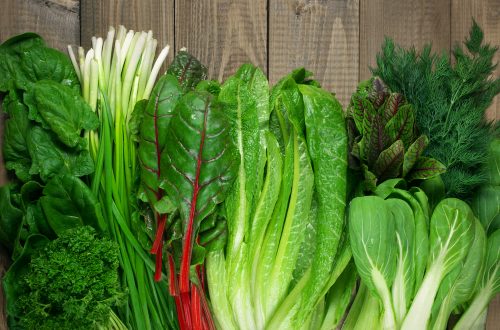
Comfort Food in Another Language
Fall is the season for comfort food, that chow that stokes nostalgia for our childhood meals and home cooking. It’s the pot roasts and beef stews, fried chicken and ham and dumplings, and, of course, spaghetti and meatballs. Typically, they’re meals with lots of calories and high sugar content, not the best for our health, but meals that fill the stomach and produce satisfaction and smiles.
Most of these meals are composed from memory – no recipe necessary. But if you’re looking for a little variety, how about comfort food from a different culture? From a cuisine with ancient traditions that would provide that comfort but with a little different flavor and ingredients?
The Parsis, followers of the Zoroastrian religion, were driven from their homeland in pre-Islamic Afghanistan and Iran when the area was conquered by the forces of Islam in the 7th century. Many settled in western India in the state of Gujarat, some 150 kilometers north of Mumbai.
Cookbook author Niloufer Mavalvala writes in The Art of Parsi Cooking that the cuisine is culled from the cultures of both the Parsi land of origin in Persia as well as their new homeland in India. Zoroastrians favor the enjoyment of life and thus have few food prohibitions. Parsis tends to like meat and fish, as well as eggs and sweet desserts. Recipes with dry nuts and fruits provide sweet flavors from Persia. Those with ginger, garlic, chilies, and spices were adopted in India. “Tikhu-khatu-mithu,” or spicy, sour, and sweet, is the Parsi version of the holy-trinity flavor balance in spicing described as complex but moderate. It’s achieved by ingredients like saffron, jaggery (unrefined sugar), cider vinegar, ginger, cinnamon, and turmeric together with garlic, ginger, and chilies.
Overall, it’s the version of comfort food on the other side of the world. Mavalvala says the most famous dish is dhansak, meat cooked in lentils with rice (see the photo above). Like a good pot roast or stew, it varies by age and location and has evolved over time. Parsis favor a fatty meat such as lamb but sometimes substitute chicken. The vegetables include golden lentils and others such as spinach, fried onions, tomatoes, and chilies. Or how about a simple machi no sas – fish in gravy? It’s made a variety of ways but contains the trinity of spicy, sour, and sweet with ginger and garlic pastes, chili and cumin powder, and green chilies, maybe even pureed tomato. Other versions feature coconut milk and crushed onions. How about akuri for Sunday brunch? Akuri is the Parsi version of scrambled eggs. This brunch version, served with crisp bread or toast, butter and jam, includes chopped green chilies, coriander, chopped tomatoes, and fried onions in which you scramble eggs.
Don’t forget dessert. A good comfort meal usually ends with sweets and dessert, a must for Parsis, Mavalvala says. Many use almonds and other nuts enhanced with rosewater, cardamom, nutmeg, and sometimes vanilla. Favorites are custard, mango ice cream, and kulfi, an ice cream made with rich evaporated milk. Parsis also indulge in teatime treats such as batasas, a savory butter biscuit; nankhatai, a sweet semolina biscuit; and kumas, a saffron and yogurt cake topped with almonds and pistachios. I’d call it comfort in most any language. Parsi recipes are more guidelines rather than strict, exact tools and the spices in particular can be fine-tuned to suit your family, Mavalvala says. The goal is a lovely meal and happy diners, not unlike many of the meals of our nostalgic memory.
From your email, please click on the headline to view the blog and photo on the website. You can log in and comment at the end of the blog to share your thoughts and start a discussion, or suggest a topic for Farmboy in the Kitchen.
If you’d like to share the blog, click on the Facebook icon or one of the others. Thanks!




